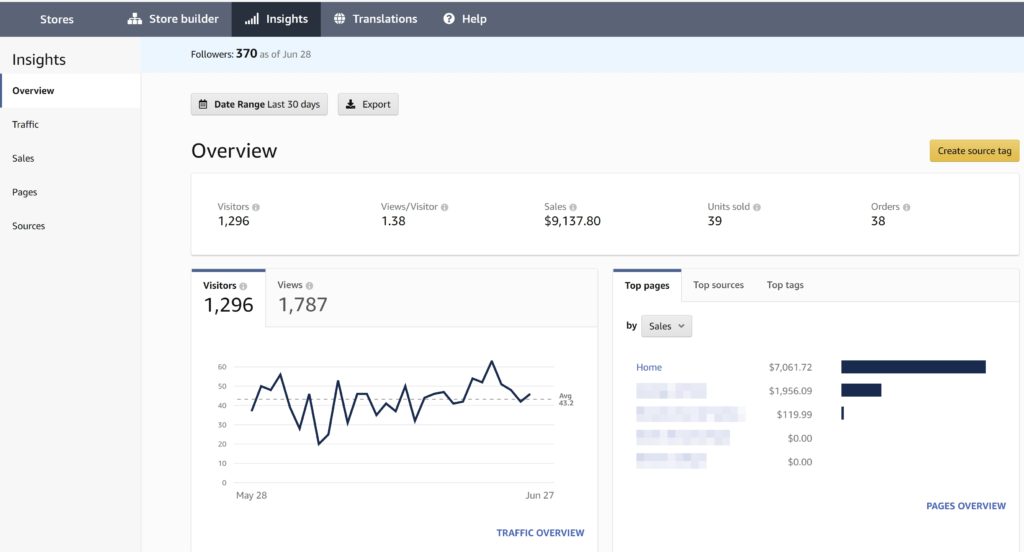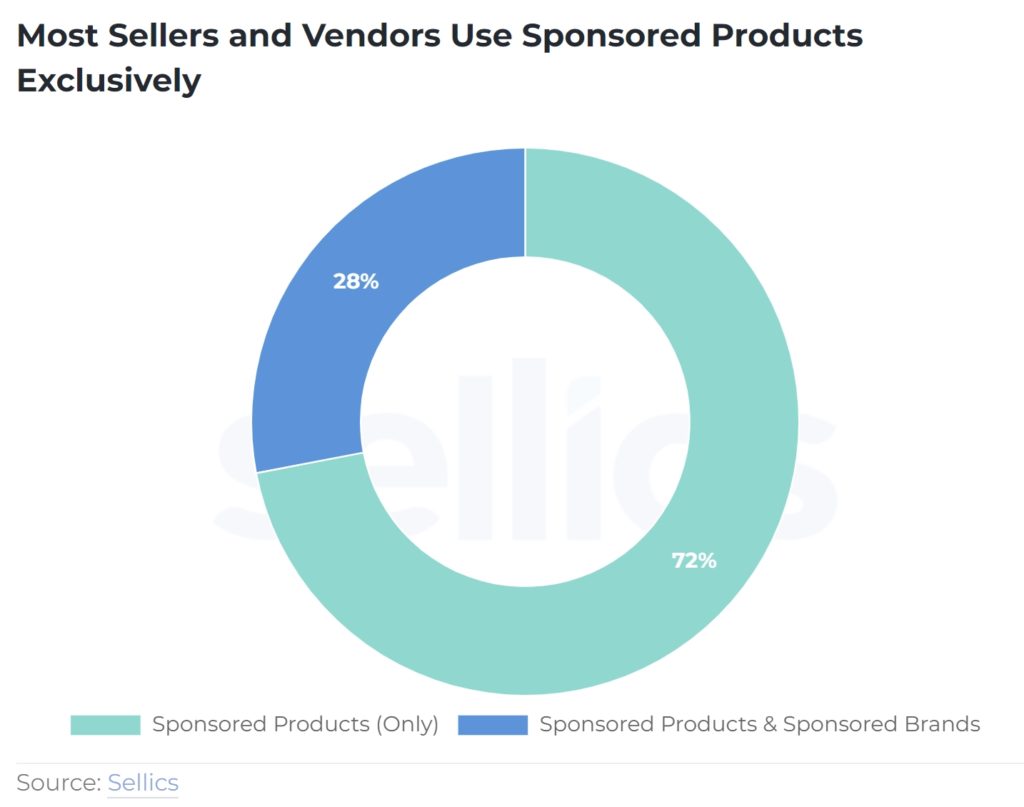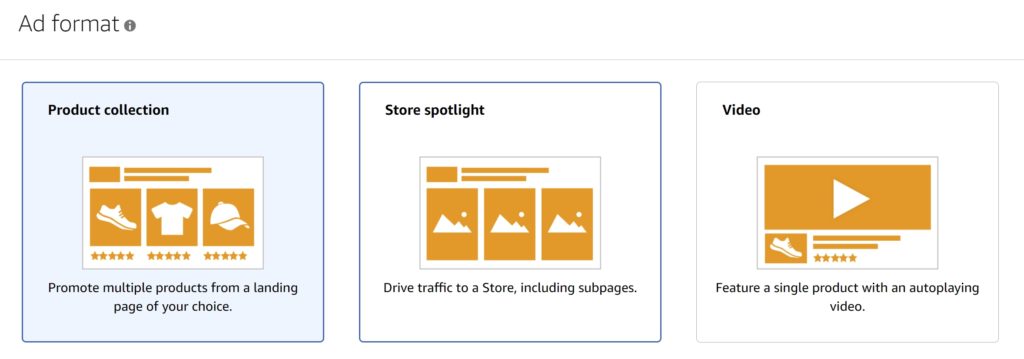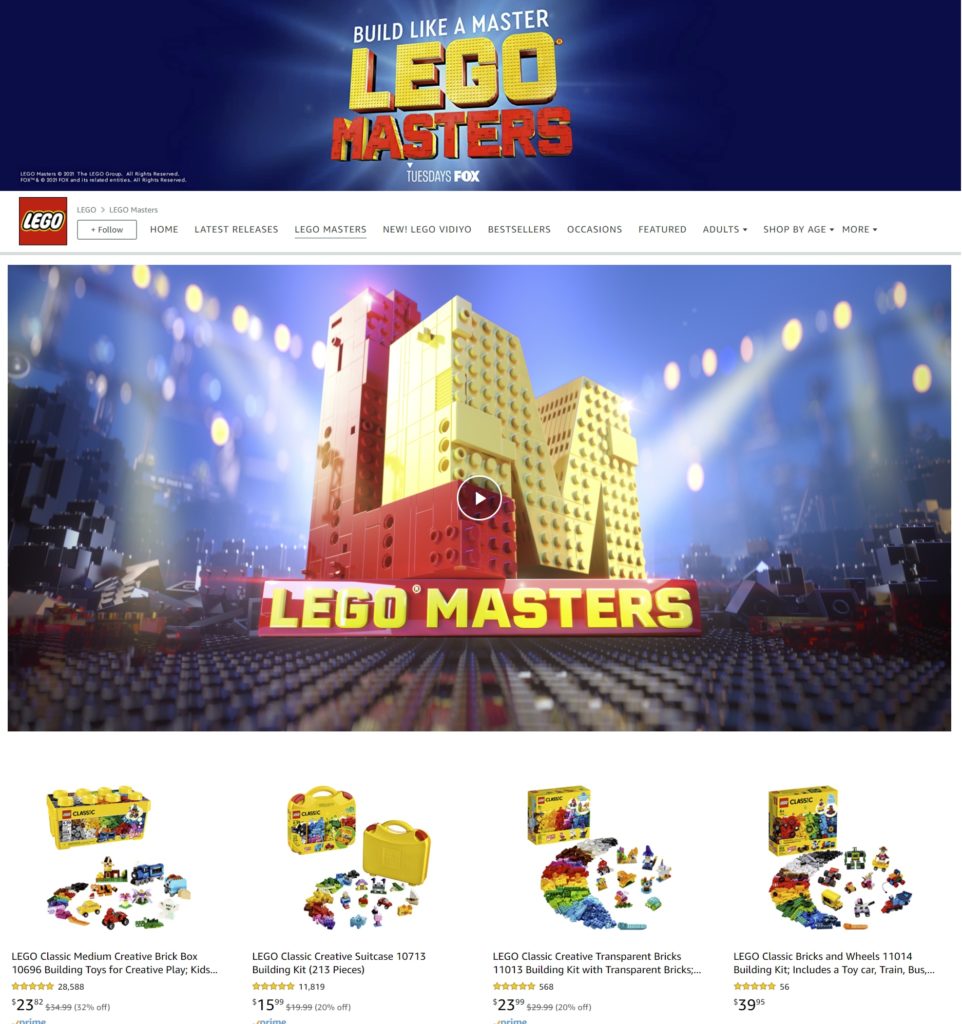Amazon PPC Series Part 3: Advanced Strategies for Sponsored Brands
In part 3 of this series on Amazon PPC, we'll look at Amazon Sponsored Brands.
Of the three advertising mediums, Sponsored Brands has had the smallest number of functionality changes over the last 12 months but it has had, arguably, the single biggest change with the rollout of Video ads for most sellers. In this article, I'll look largely at Sponsored Brands Video ads but also look at some other nuances when it comes to headline ads.
I'll look at four primary questions:
- Which performs better: Sponsored Products or Sponsored Brands?
- Which performs better: Sponsored Brand Videos or Top of Search Sponsored Brands?
- Can quickly and cheaply produced videos perform well?
- Should sponsored brands go to a custom product search page or to a store page?
Related Reading: Part 1- Amazon PPC Overhaul for Five Brands
Related Reading: Part 2 – Advanced Strategies for Sponsored Products
Do Most Sellers Use Sponsored Brands?
Sponsored Brands is still underutilized by most sellers. Sellics research found that 72% of sellers use Sponsored Products exclusively and don't use Sponsored Brands. Jungle Scout found similar data, finding that 77% of sellers' ad budget goes to Sponsored Products and just 20% to Sponsored Brands.
This is consistent with our own research for our internal brands.
We found while reviewing our five brands that two of the brands were not using Sponsored Brands (due partly to negligence and partly to technical difficulties). Two were using them but not in a significant manner, and one was using them significantly.
Sponsored Brands vs. Sponsored Products – Which Has Lower ACoS?
We looked at our ad performance of Sponsored Products campaigns vs. Sponsored Brands campaigns across all of the brands we manage. (All figures from our brands in this article are for 30 days.)

For our own brands, ACoS was slightly higher for Sponsored Brands. Sellics' own research found that the average ACoS for Sponsored Brands was slightly lower than Sponsored Products. It's fair to conclude that the average ACoS of Sponsored Brands and Sponsored Products is fairly comparable with one big caveat – see the sidebar below.
Inflated ACoS? Amazon's Attribution Time is 100% Higher for Sponsored Brands than Sponsored Products
In the above statistics, I said the performance of Sponsored Brands and Sponsored Products was comparable with one big caveat. That caveat is that Amazon has twice the attribution time as Sponsored Products.
Whereas Amazon considers a 7-day attribution time for Sponsored Products, they consider a 14-day attribution time for Sponsored Brands. A longer attribution time almost always results in a greater number of sales being reported than a shorter one.

Why does Amazon do this? Presumably, they're trying to argue that a Sponsored Brands ad has a much stronger branding component than a regular Sponsored Products ad, which is a bit suspect. A Sponsored Brand ad is basically three Sponsored Product ads in a row. In my opinion, Amazon has such a long attribution window because they're trying to inflate their numbers.
In conclusion, when reviewing your ad campaign performance, always make sure you're comparing apples to apples.
Sponsored Brands Video vs. Sponsored Brands – Which Has Lower ACoS?
In our limited testing, ACoS for Sponsored Brands Video for our brands was far higher (40.66%) than Sponsored Brands or Sponsored Products (28.39% and 24.24%, respectively). I have also heard quite a few anecdotes about Amazon Sponsored Brand Video ad performance starting strong and trailing off after a few weeks (essentially, getting a paid honeymoon period).
However, Amazon claims that Sponsored Video Ads have up to a 28 to 43 percent higher RoAS than Sponsored Brands (I'm always dubious of Amazon claims). And others have reported that Sponsored Brands Video is their best performing ad spot.
Given the varying performance across brands, it's fair to conclude that the performance of Sponsored Video Ads is erratic and varies significantly. This isn't shocking given that video ads are often so creative-dependent that performance between brands is likely to vary widely.
Is There Synergy Between Running Sponsored Products and Sponsored Brands Campaigns Concurrently?
Amazon would like to tell you that you should be running Sponsored Products and Sponsored Brands ads concurrently because they will amplify your success. They would say, someone may click your Sponsored Brands ad and go to your store but buy later after clicking your Sponsored Products ads.
Does such buying behavior occur? Sure. Does it occur often? Probably not.
On that note, how does Amazon attribute sales after people have clicked multiple ads? Do all the ads get credit for the sale? Thankfully no. Amazon has a last-touch attribution model meaning that the last ad someone clicked will get the credit.
Should You Send Traffic to Your Store or Product Collection Page?
When you create a Sponsored Brands Top of Search ad, you have options to send it to one of two places: a product collection page or a Store Spotlight Page (your Amazon Store).
There are pros and cons of sending traffic directly to your storefront, including:
Pros
- Ability to send people to a heavily branded and aesthetically appealing landing page
- Greater design options than a product collection page
- Can be effective for top-of-funnel searches
Cons
- Could cause you to lose the sale by taking a highly-motivated bottom of funnel customer to a page with too much selection
- Store must be optimized
- May be confusing to shoppers expecting to be taken to a product detail page
Where you decide to send your traffic to is going to depend upon one thing: the quality of your Amazon Store.
Unfortunately, most sellers are neglecting their Amazon Store, including this seller! Because our Amazon Store is not properly optimized up until late, we haven't rigorously tested ads to our Store (but I'm hoping to follow up on this article with some A/B testing data soon).
In the past though, when we've tested it, our performance has been worse than taking users to a product collection page and others have reported the same thing. However, our testing was prior to Amazon offering more flexibility for design options when it comes to Store.
The first thing you need to do if you want to test sending traffic to your Store is to optimize it. As mentioned, Amazon has given a lot more tools recently to allow sellers to make their Store nearly rival a standalone Shopify store.
Take, for example, Lego's Amazon Store below for its Lego Masters subcategory. This is an example of a beautiful, well-curated page that would almost certainly benefit from having Sponsored Brands ads go directly to it.
Also, many sellers don't realize the impact of their Amazon Store on sales. If you haven't already, check out your Store insights page. Go to Seller Central -> Stores->Manage Stores->Insights and you'll likely be surprised by the number of sales going through your Store as well as other interesting insights.

In the past, it was a no-brainer to send Sponsored Brands traffic to a product collection page. This may still be the case, but given so many changes to Amazon Stores, we will need to test this more.
Related Reading: How to Open & Optimize an Amazon Storefront
Conclusion
Amazon Brand Ads are still the neglected stepchild for most sellers, with nearly three-quarters of sellers not utilizing them. Overall, for most Sponsored Brand types, performance is similar, if not slightly worse, than comparable Sponsored Products Ads. This means that your Sponsored Products Ads performance will likely be amplified if using Sponsored Brands, whether that's good or bad.
What has your experience been with Sponsored Brands Ads? Do they do better or worse than your Sponsored Products Ads? Let me know in the comments section below.







